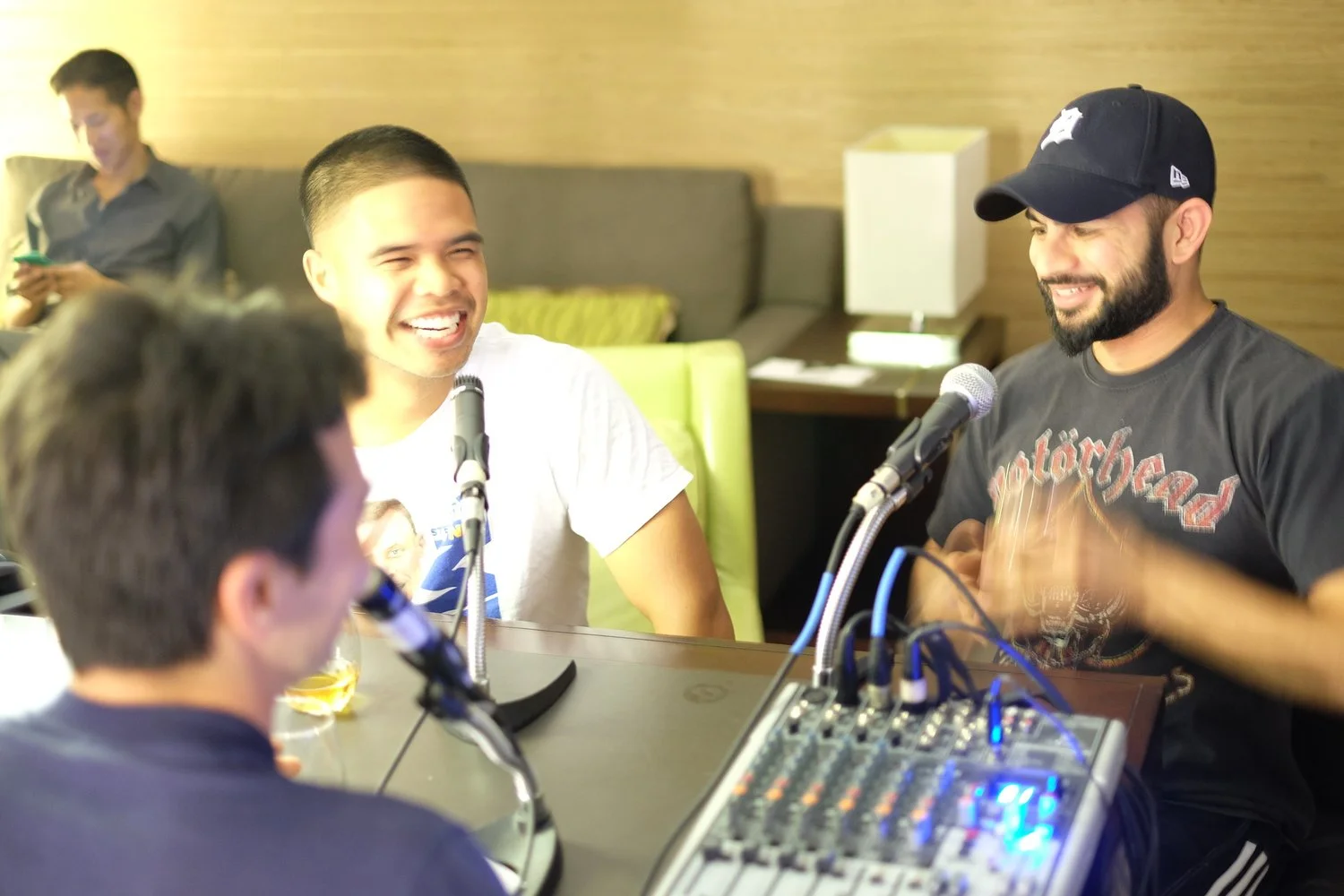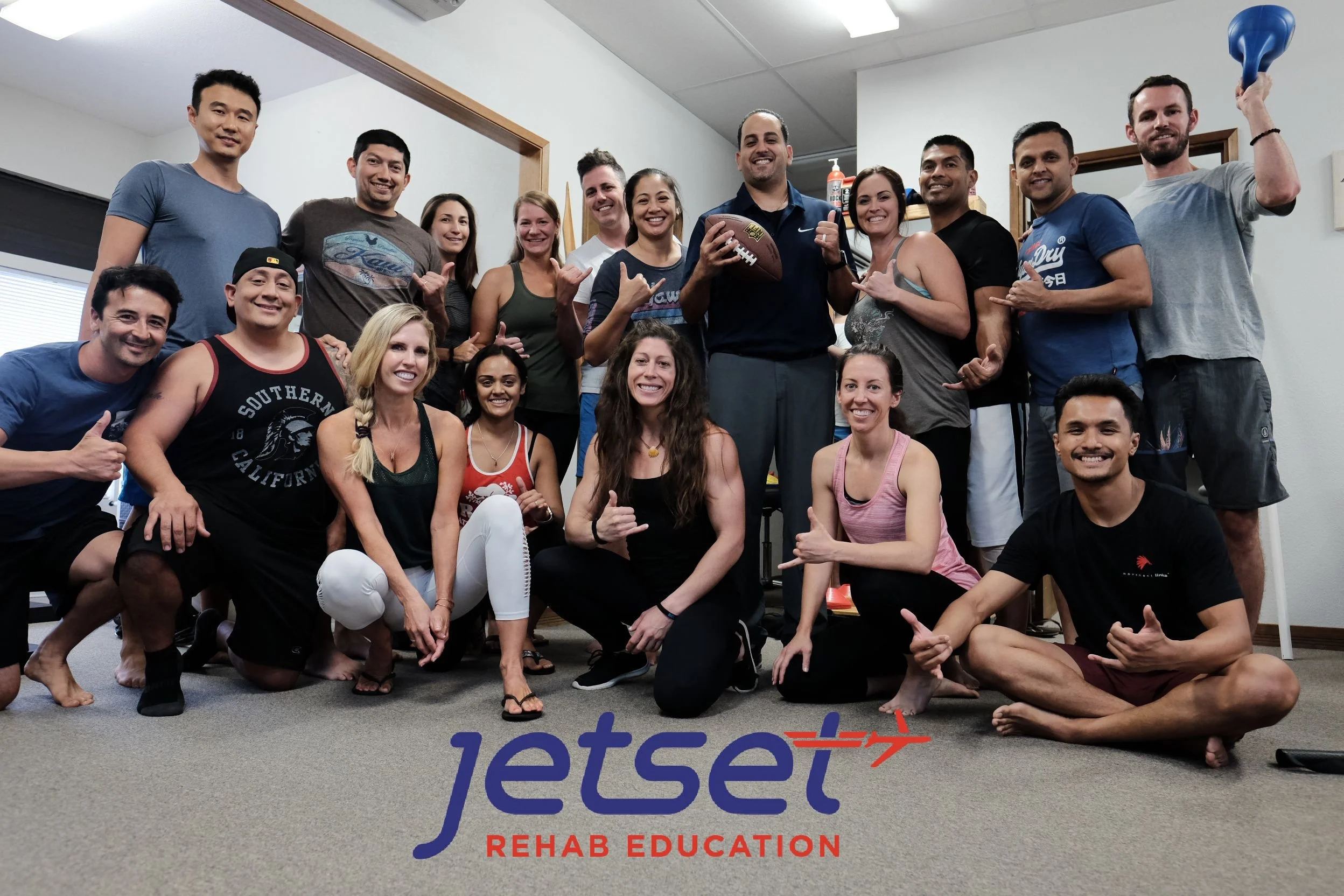Clinical Neurodynamics Review by Dr. Michael Braccio DC, DACRB
The Clinical Neurodynamics course taught by Michael Shacklock explores the relationship between abnormal mechanics of the nervous system and pain syndromes. The course covered the theory of neurodynamics, assessment of the nervous system through neurodynamic testing, and treatment strategies to reduce the sensitivity of the nervous system.
What is neurodynamics?
Clinical neurodynamics is the application of nervous system mechanics and physiology and how they interact with the musculoskeletal system. As the musculoskeletal system creates movement, the nervous system accommodates these movements through a variety of movements, such as elongating, sliding, or compressing. When the movement of the nervous system is restricted, the production of symptoms can occur.
Course review
The lower quarter course begins with learning how to palpate and evaluate the sciatic, tibial, peroneal, and surreal nerves. Palpating the nerves allows the practitioner to determine where a neurodynamic problem is and how sensitive the nervous system is.
After palpating the nerves of the lower extremity, assessment of the nervous system continues through the use of neurodynamic testing. While many of us are familiar with the standard neurotension tests such as the straight leg raise or the slump test, these neurodynamic tests can be further broken down to determine where a neurodynamic problem is. An important aspect of using neurodynamic testing is the use of structural differentiation to determine whether the symptoms are produced by the nervous system or the musculoskeletal system. If structural differentiation indicates neural involvement, then a neurodynamic approach to treatment can benefit the patient.
Neurodynamic dysfunctions can originate from three different causes. One possible cause of neurodyanmic dysfunction is an issue at the mechanical interface (intervertebral foramen). There can either be a closing dysfunction which is caused by an increase of pressure on the nerve in the mechanical interface (disc herniation, inflammation, etc…) or an opening dysfunction caused by hypomobility and stiffness.
Another possible cause of neurodynamic dysfunction is a neural tension dysfunction in either the peripheral nerve or nerve root. These occur due to a lack of movement (sliding) in the nervous system. The third cause is a pathology in the nervous system such as a tumor or diabetic/alcoholic neuropathy.
The treatment approach when treating a neurodynamic dysfunction depends on the sensitivity of the patient’s nervous system. The sensitivity of the nervous system is divided into three different levels.
A level 1 (limited) sensitivity would be a patient whose symptoms are easily provoked and takes a long time for the pain to subside. A patient in this category of sensitivity would perform either static openers or off-loaders (for an interface or peripheral nerve dysfunction, respectively) to decrease the sensitivity of the nervous system. An example of an off-loading movement for the sciatic nerve would be for the patient to be supine with the ipsilateral leg slightly bent in external rotation.
The level 2 (standard) sensitivity would be a patient with an abnormal neurodynamic test (ie. straight leg raise or slump test) and symptoms that do not last long after provocation. Treatment for patient’s with a level 2 sensitivity would include dynamic openers/closers and sliders/tensioners for interface and peripheral nerve dysfunctions, respectively. The treatment for the patient above with sciatica would involve progressing the straight leg raise or slump test with the patient side-lying while moving the ipsilateral leg more and more.
The level 3 (advanced) sensitivity is for patients with symptoms that are difficult to provoke or for patients that require a high level of physical performance. The treatment for a patient with a level 3 sensitivity would involve placing the nerve under more tension. An example of treatment for this patient could include laterally flexing the torso away from the symptomatic side to while performing a straight leg raise to increase tension of the nerves.
Key points
The importance of diagnosis was emphasized as it will allow the practitioner to use the right technique to help the patient. If a neurodynamic test is abnormal and clinically relevant, a neurodynamic approach should be attempted to help the patient. If the neurodynamic test does not reproduce the patient’s symptoms, a different approach should be pursued to help the patient. A neurodynamic approach is not a panacea, it has it’s time and place just like other techniques.
The goal of the treatments are to find a movement that the patient can perform without pain. The movements are then progressed in difficulty until the patient can perform the movement that was once painful. For example, many of the movements begin with moving a joint while side-lying and gradually incorporate more complex movements while progressing to a standing position. The treatment approaches are an excellent example of graded exposure to movement.
When moving a joint, there will be 20 percent more strain on the nerve in a localized sequence. By modifying the sequence of movement, the stress can be reduced on the nerve. For example, most straight leg raises start with the knee extended then moving the hip into flexion. This sequence will increase the strain on the sciatic nerve in the hip. If we change the sequence by starting with the knee bent then flexing the hip, we might be able to reduce the pain associated with hip flexion by reducing the stresses placed on the nerve.
Nerves are mechanosensitive. When nerves are placed under enough force, they will produce symptoms. When treating an abnormal neurodynamic problem, the symptoms need to correlate to the patient’s complaint. Symptoms (pain, numbness, tingling, etc…) can be provoked when enough force is applied, but that doesn’t mean that it is abnormal or relevant to the patient.
Conclusion
For practitioners treating neuromusculoskeletal conditions, the Clinical Neurodynamics course will provide the essential framework for helping patient’s with dysfunctional neurodynamics. After this course, practitioners will have the tools needed to thoroughly assess and treat abnormal mechanics in the nervous system.
(Special Thanks to Dr. Michael Braccio for sharing his blog with us! find more blogs on www.michaelbraccio.com )






